Tipon is one of Peru’s most impressive yet least visited archaeological sites. Located just 27 kilometers east of Cusco, Tipon stands as a remarkable testament to Inca hydraulic engineering, with agricultural terraces reaching skyward and sophisticated water systems that still function today.
Continue reading to discover Tipon, a site that not only captures the essence of Inca innovation but also offers breathtaking panoramic views.
What is Tipon?
Tipon stands as an architectural marvel from the Inca era, celebrated as an icon and a masterpiece of hydraulic engineering dedicated to the worship of water. Inca nobility, particularly the royal family, used this site as a residence. Wiracocha himself built it to honor his father, Inca Yahuar Huacaq. Research shows that Tipon functioned as a vital ceremonial, administrative, and religious center during the Inca Empire.
The archaeological complex consists of an impressive array of agricultural terraces and platforms, surrounded by enclosures or rooms, storage facilities known as qollqas, and a sacred altar to the Sun God, the Intihuatana. Notably, its stone-carved water channels and both ornamental and ceremonial water fountains, all protected by a massive wall, stand out.
Who built Tipon?
Researchers say that Inca Wiracocha built the Tipon ruins as a residence and refuge for his father, Yawar Huacaq, after his return to Cusco from a civil war against the Chancas.
Location
The Tipon archaeological complex is situated in the Choquepata community, Oropesa district, Quispicanchis province, 27 km southeast of Cusco. Nestled in a valley through which the Huatanay River flows, the site covers 329 hectares and stretches from 3,250 to 3,960 meters above sea level.
What does Tipon mean?
The name Tipon derives from the Quechua word "Timpuc," meaning "place of boiling" or "boiling." This might refer to the site's water springs, which bubble up as if boiling. Other researchers suggest the name reflects the large number of people who gathered here in ancient times, referring to the Tipon Inca water temple as a hub of intense social and cultural activity during the Inca era, where various activities took place.
History
Pre-Inca era: The origins of Tipon
Before the Inca era, Tipon was the capital of the Pinagua kingdom, which stretched from Angostura to Huambutio. Its inhabitants primarily cultivated potatoes, olluco, maize, and quinoa.
Inca era: Center of power and culture
Known as Muyuna or Moyna during Inca times, Tipon in Cusco was a crucial settlement in the Ayarmaca kingdom, potentially preceded by Wari culture occupations. According to chronicles, Manco Inca, the first curaca of Cusco, consolidated Inca power by defeating the Pinaguas and the Chancas. After his victory, Pachacutec built a residence in Tipón for Yawar Huacaq, away from the city center.
Colonial era: Transition and change
Following the Spanish conquest, the lands of Tipon were incorporated into the Quispicanchis estate, managed by the Marquesses of San Lorenzo de Valleumbroso, prominent figures during the colonial period. The restored Valleumbroso mansion can still be seen near Choquepata.
Tipón today
Today, Tipón is renowned for its stunning Inca structures and advanced hydraulic system, highlighting its significance in agriculture at the time. It is one of the most visited archaeological sites in the southern valley of Cusco, alongside Pikillacta and Raqchi.
Extra Fact | Tipon in Cusco was declared a National Archaeological Park in 1984.
What to see in Tipon, Peru?
Central terraces:
In Tipon, you will find 13 impressive agricultural terraces arranged in a U-shape over a gorge. Oriented from northeast to southeast, these terraces are equipped with irrigation channels and cantilevered stairs, known as sarunas, creating ideal microclimates for agriculture.
Main fountain:
Regarded as a masterpiece of Inca hydraulic engineering, this fountain emanates water from a volcanic rock spring, initially splitting into two streams before dividing into four. This clever channel system met irrigation and domestic needs and also served ceremonial functions.
Intihuatana (Sun Altar):
This truncated pyramid altar was the site of rituals related to water worship and agriculture. Surrounded by ceremonial plazas and underground channels, the Intihuatana remains a focal point of the complex.
Ceremonial Plaza:
Located east of the aqueduct, this open plaza is a vital space for ceremonies and the worship of Inca deities. With trapezoidal niches and fine masonry, the plaza remains a place of respect and veneration.
The aqueduct:
This 60-meter structure channels water from the Pukara River to Tipón, showcasing the sophistication of Inca construction. In addition to its practical function, the aqueduct includes a ramp and stairs that facilitate access to the higher areas of the site.
Inka Kanchas:
Residences of the Inca nobility, these structures are strategically placed to provide control and oversight of the site, with central patios flanked by buildings featuring trapezoidal niches and windows.
The wall:
Stretching 5 km, this defensive structure encircles the ruins of Tipon, protecting its inhabitants from potential invaders.
Qolqas of the Raqui Church:
These rectangular storehouses were designed to keep food fresh for longer, taking advantage of natural air circulation.
Sinkurakancha
Located on a natural hill above a rocky outcrop, this semicircular wall features rectangular enclosures arranged like Inca kanchas with central courtyards. Capable of accommodating about 50 people, it served as Tipón's security center, using its strategic location to monitor site entrances and perform military functions.
Archaeological sites you can visit in Tipón
Cruzmoqo, a revered and important huaca, sits atop a volcanic rock outcrop connected by a terrace to another outcrop about 9 meters to the northeast. This site is known as a strategic observatory adorned with petroglyphs.
- Pukara, the first Inca settlement located north of the Intihuatana, features a series of agricultural terraces and urban structures in Inca style.
Weather
Tipon is located in Cusco, Peru, where you'll enjoy a temperate and pleasant climate. Daytime temperatures range from 21 ºC to 28 ºC. At night, in summer, they can drop to 7 ºC, and in winter, they can go down to -2 ºC.
Read Later | Peru weather.
How to get to Tipon from Cusco?
To reach Tipón from Cusco, you have several options varying in comfort, price, and time. Here are the most common:
By public bus:
You can take a bus from Cusco heading south, specifically to the towns of Tipon or Oropesa. The journey takes about 45 minutes and is the most economical option.
By taxi or private service:
Hiring a taxi or private transport service is a quicker and more comfortable option. For a direct trip to Tipon, you can negotiate a fixed price with the driver.
Organized tour:
Undoubtedly the best option. Many travel agencies in Cusco offer tours to Tipon that include transportation, a guide, and sometimes food. This is an excellent choice if you want a more informative and structured experience where you won’t have to worry about logistical details.
At TreXperience, we can customize your tour and offer you this and other tours in Cusco tailored to your preferences and interests.
Connections between Tipon and Tambomachay
The archaeological site of Tipon shares architectural and hydraulic engineering characteristics with Tambomachay, located near Cusco in the Sacsayhuaman archaeological park. Both sites, dating from the Inca era, feature advanced water systems and are considered masterpieces of engineering. They served as sacred spaces for water worship, revered as sources of life and centers of Andean worship. According to historical chronicles, they also served as residences for the Inca nobility.
Recommendations for your visit to Tipon, Peru:
- Necessary documentation: Make sure to carry your ID, passport, and entrance ticket.
- Respect for heritage: It's crucial to respect the archaeological heritage and cultural assets present.
- Environmental protection: Contribute to protecting the site's natural and scenic environment.
- Ecological conservation: Help preserve natural ecosystems and protect local flora and fauna species.
- Cultural enrichment: Enjoy your visit and seek to gain more profound knowledge about the site’s historical and cultural richness.
- Care for infrastructure: Do not scratch, scrape, or paint the architectural walls. Also, avoid leaning on or climbing the walls to prevent damage and accidents.
- Drone use: Flying drones is prohibited unless you have a special permit from the Ministry of Culture for scientific research purposes.
Tipon: A spiritual and natural retreat from the Inca Era
Tipon is more than just a tourist destination; it's a masterpiece of Inca engineering that invites you to a transformative experience. This exceptional site allows you to connect with the grandeur of the natural environment and landscape, offering a tranquil oasis that benefits your mental health.
The soothing sound of flowing water will inspire you to reflect on the life you wish to lead. You'll feel a unique connection with the gods and our Andean ancestors, an experience that uplifts the spirit and enriches the soul. Join the perfect adventure at Tipon and experience a moment of peace and contemplation at one of Peru’s most sacred sites.
| Visit our official website to learn about this and other impressive places in Cusco, Peru.


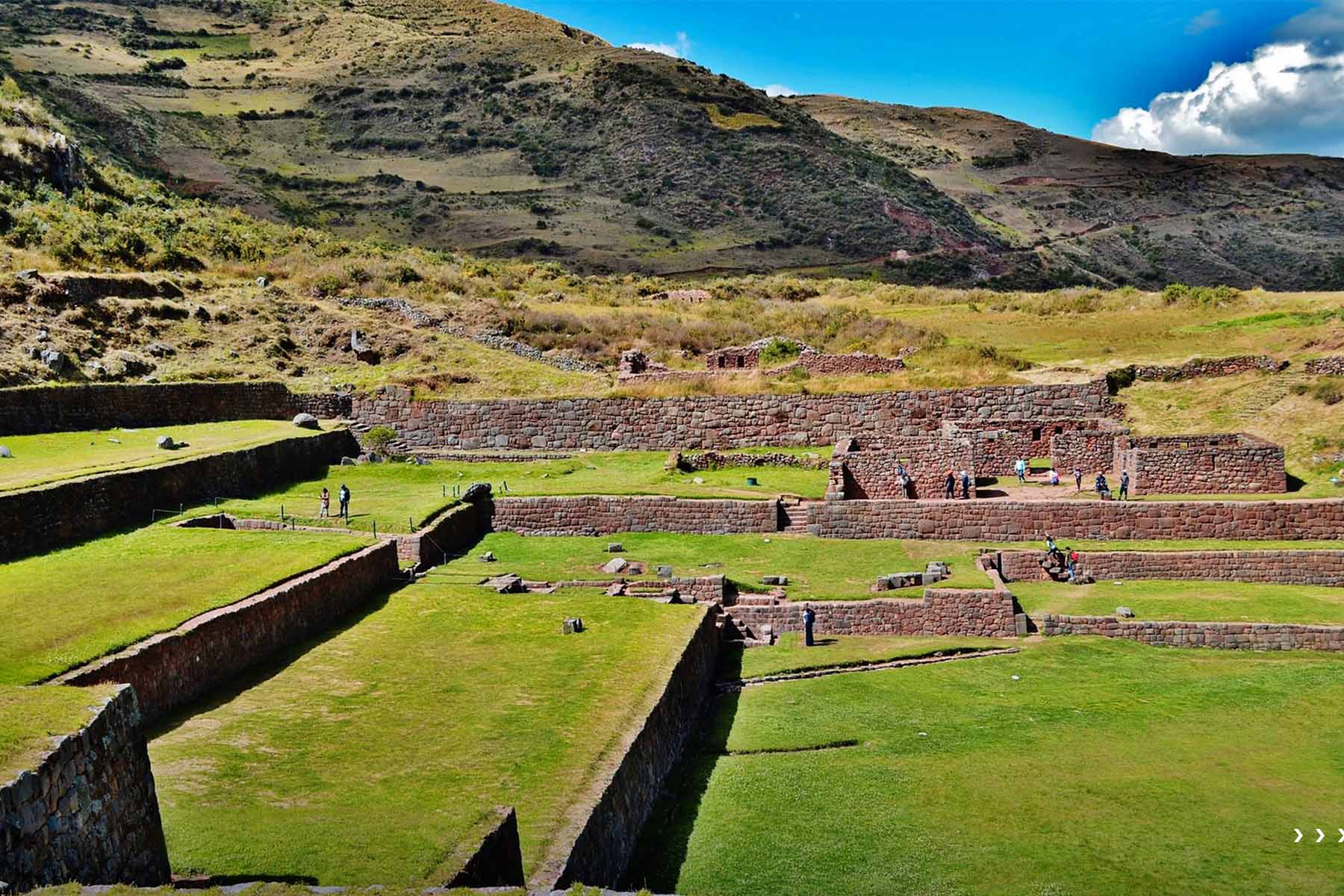
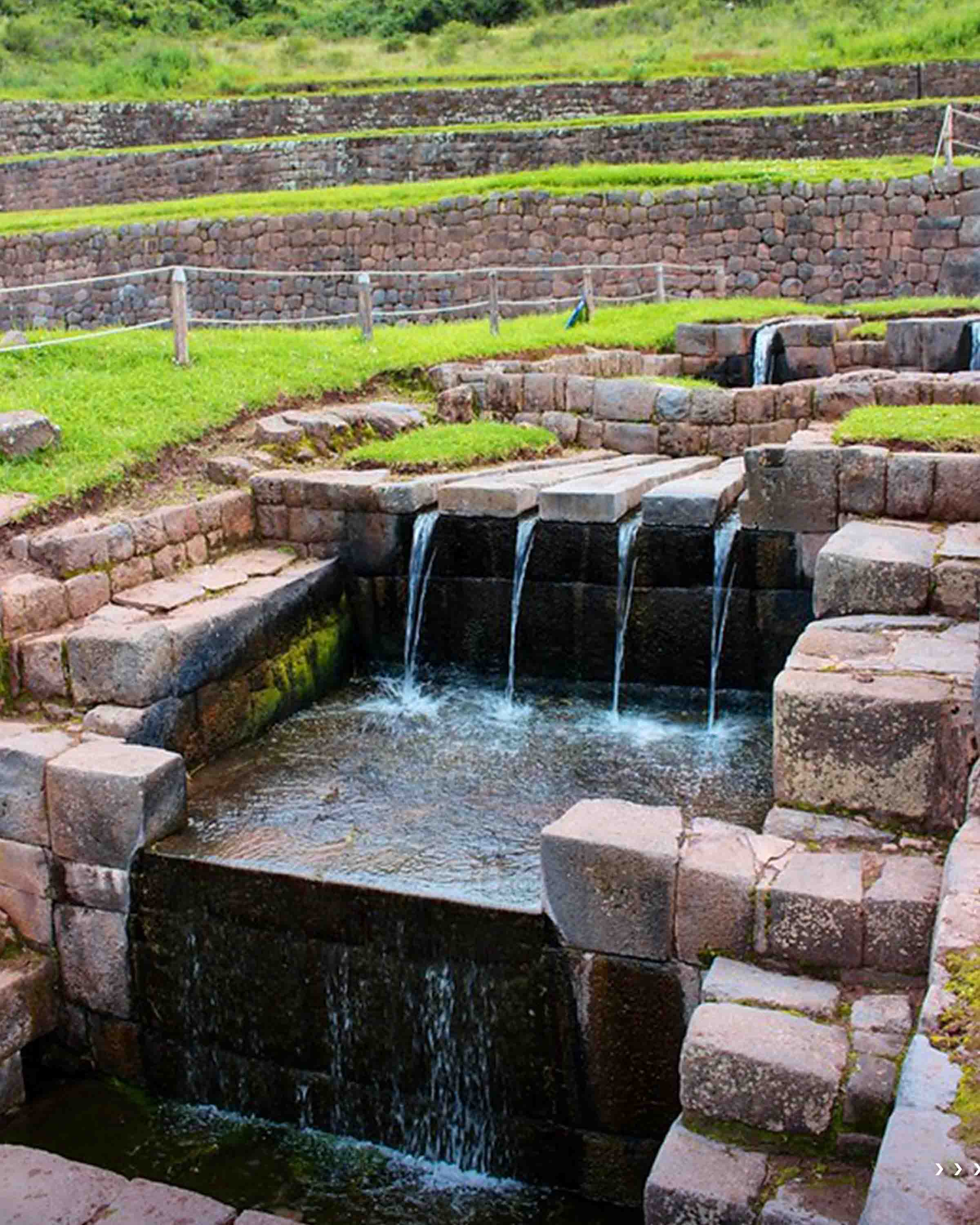



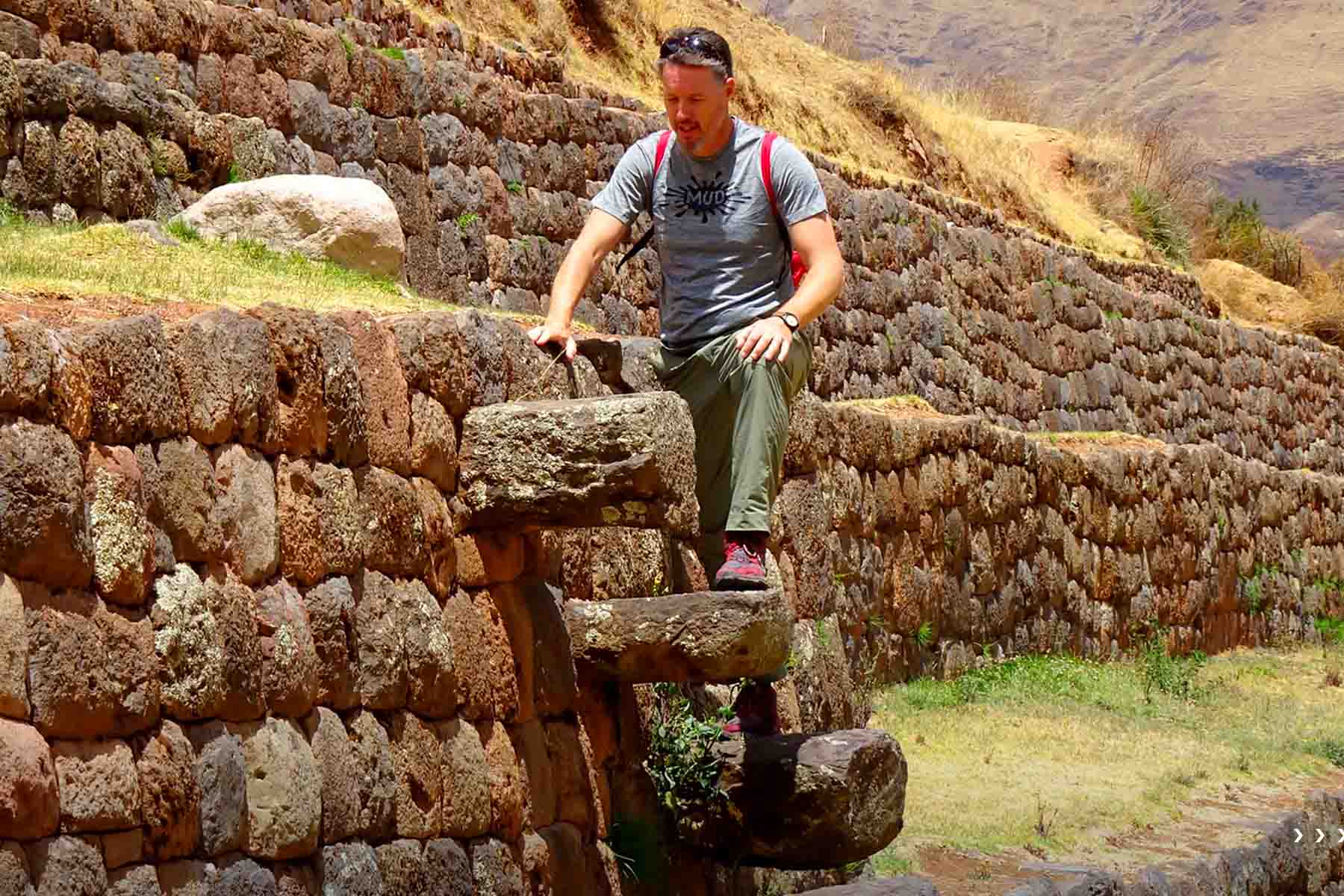
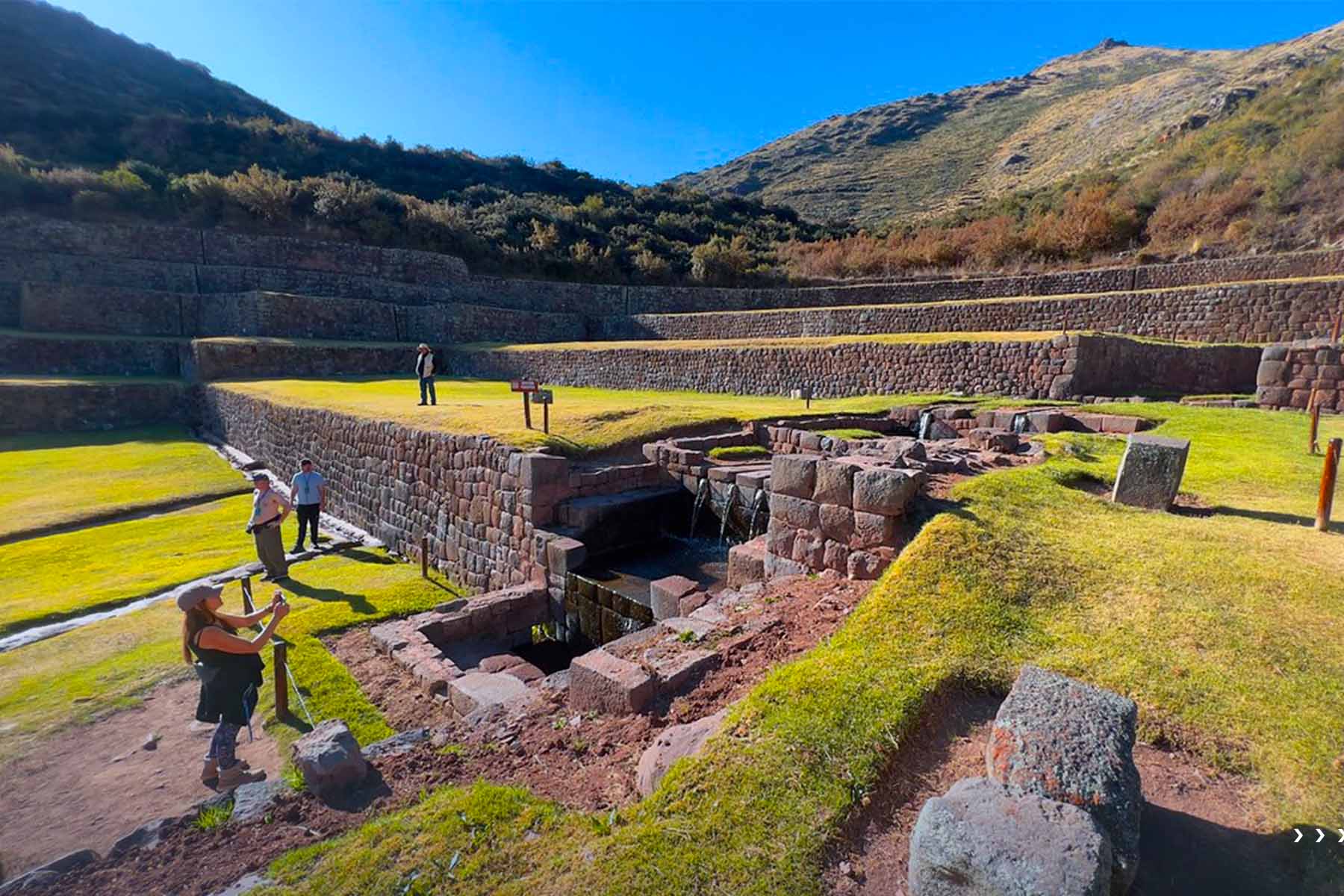
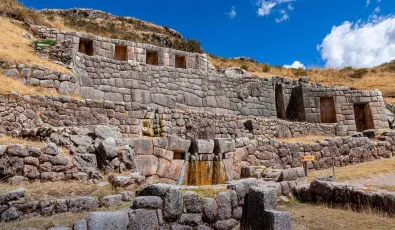
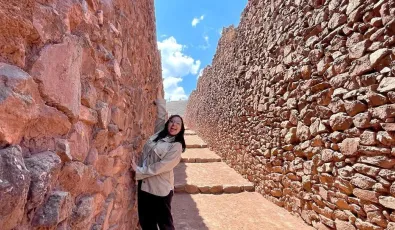
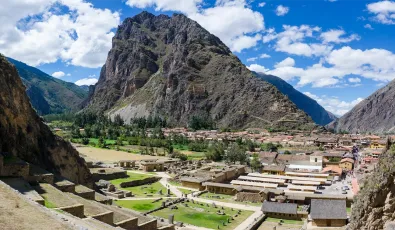

Add new comment